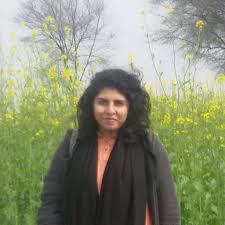Women’s experiences of agency and mobility in the megacity of Karachi and their labour force participation
Economic growth in South Asia is associated with employment, and improved job quality in particular. However, employment rates in South Asia overtime have remained stubborn and below those in other regions, largely attributed to persistently low female employment and participation rates (Nayar et al. 2012). Female youth labour force participation (LFP) rates in South Asia have dropped from 32.5 percent in 1991 to 22.6 percent in 2014 (ILO, 2015).
Within the region, Pakistan has the lowest female LFP rates and urban areas perform especially poorly. South Asian mega-cities have historically been migrants’ cities. Karachi is the most ethnically heterogeneous city in Pakistan, mainly because several waves of mass migrations since Partition. These waves have resulted in (persisting) anxieties related to city living among new and old residents, framed by histories of ethnic fissures and resultant festering mistrust. Although most migrant families make the rural-to-urban move for prospects of better livelihoods, women’s labour force participation in urban areas has overall been curiously lower compared to the country’s rural areas. The lack of women’s role in the labour force in an urban context is evident in the reasons cited for their rural-to-urban migration. While men predominantly cite ‘for work,’ women who migrate cite reasons such as ‘moving for marriage’, ‘with parents’, or ‘with spouse’.
This study seeks to understand how migration, urbanisation, and the perceived threat/threat of violence and harassment shape women’s agency and mobility and determine their access to the market, economic opportunities, and the public sphere in an urban South Asian context. It will explore how women’s mobility and agency is interlinked, determined, or changed by distinct norms pertaining to patriarchy within their communities, urbanisation, geographic and spatial anxieties due to migrant status, and histories of conflict within the cities.



